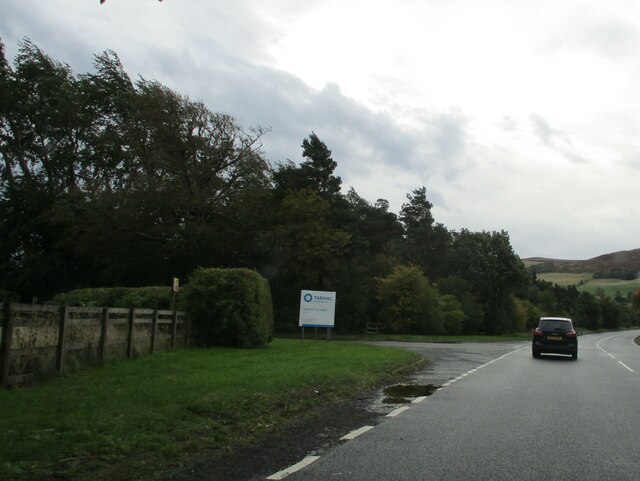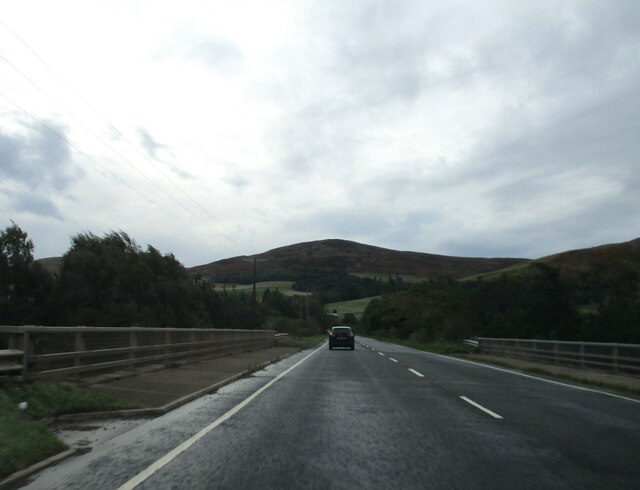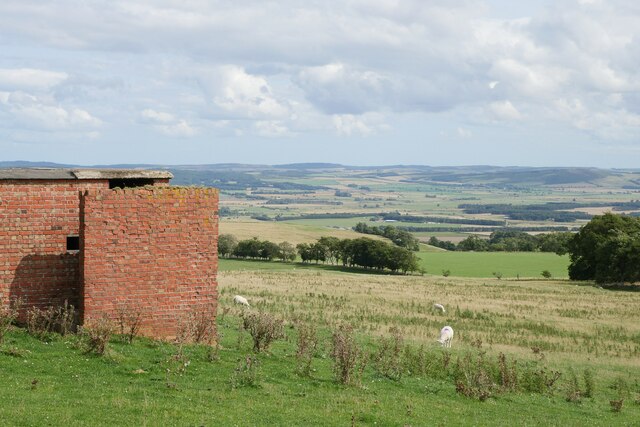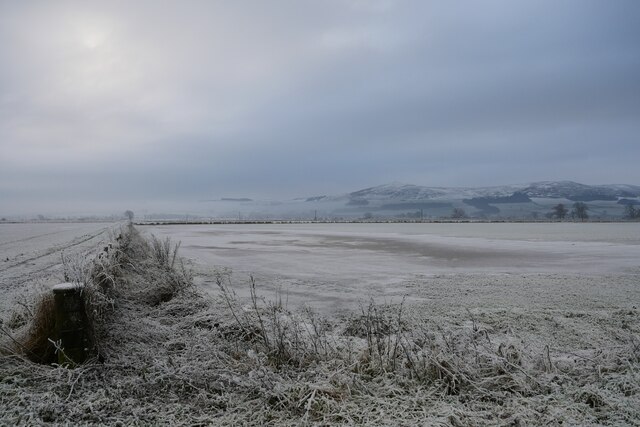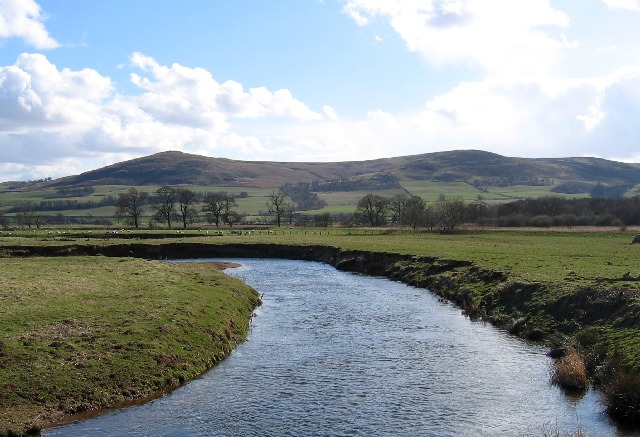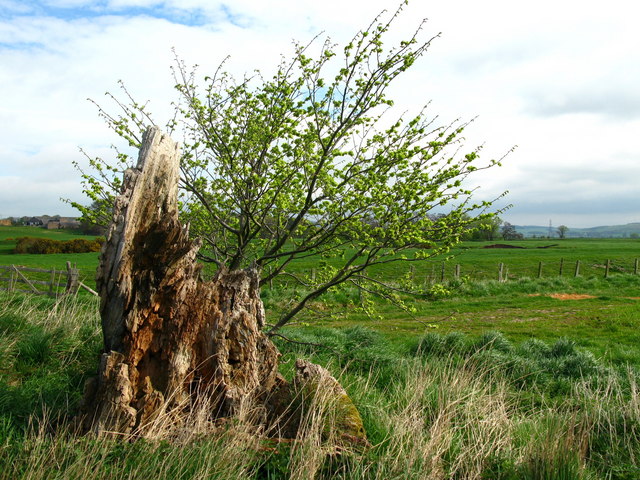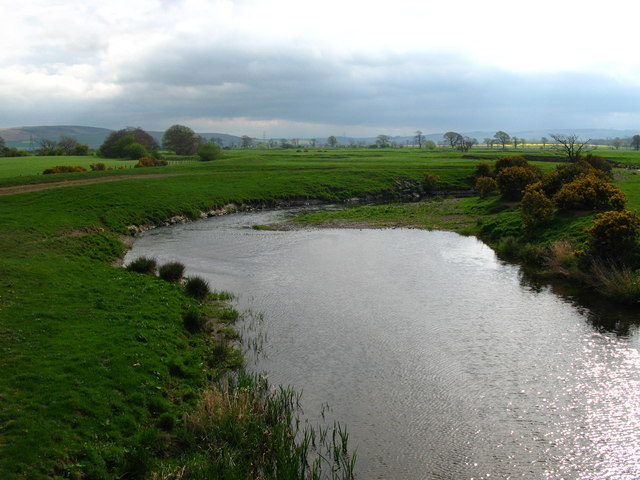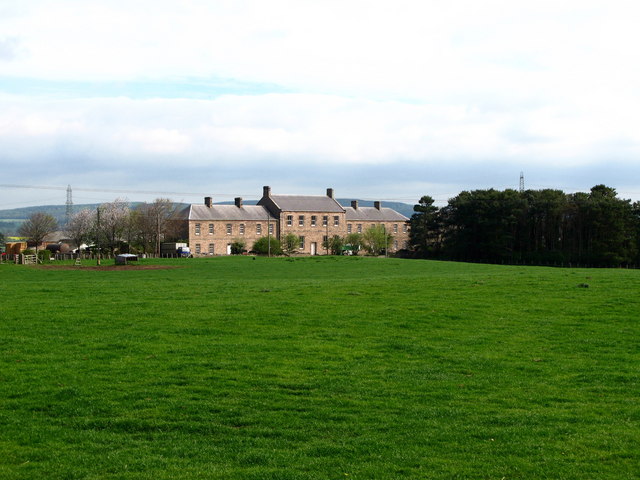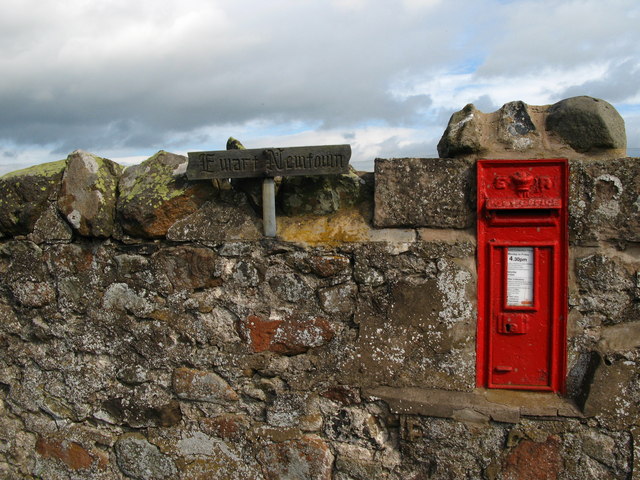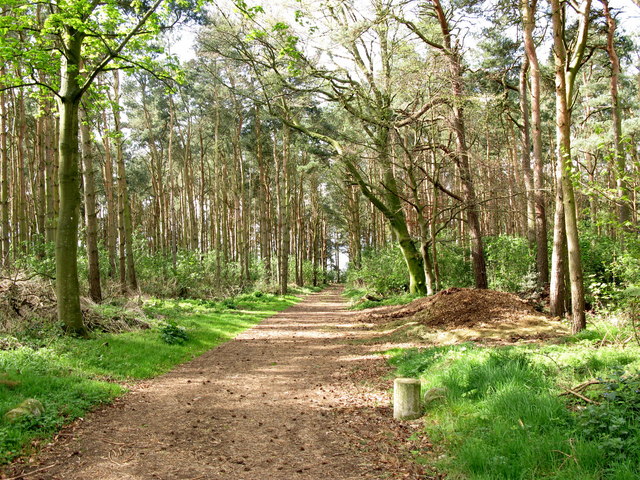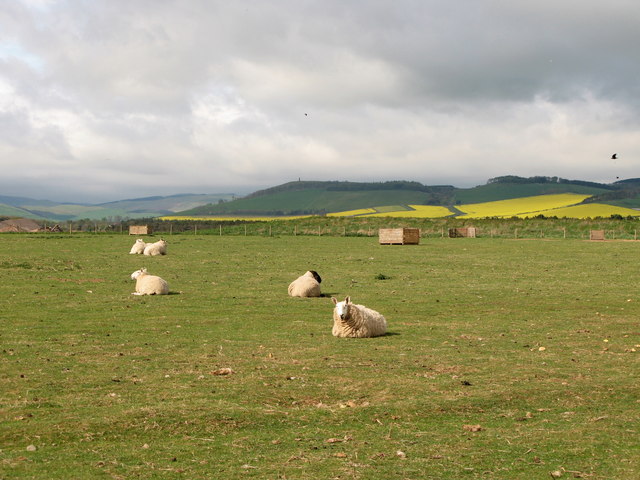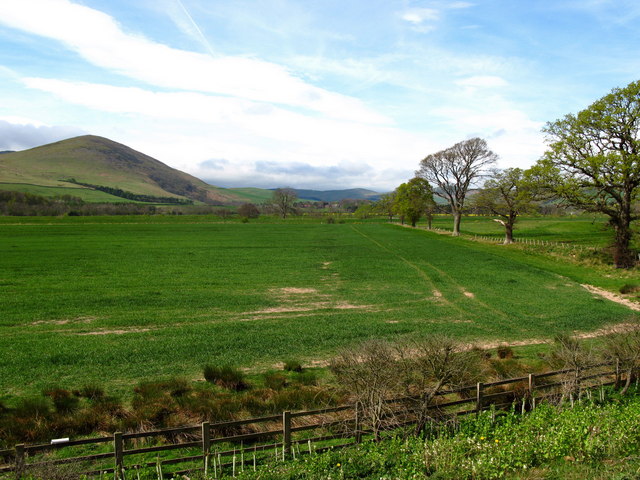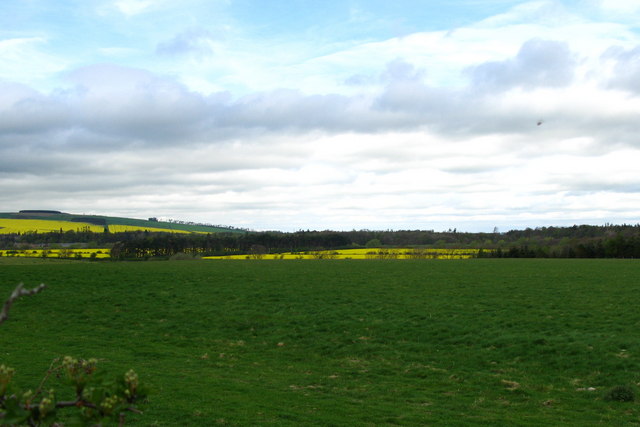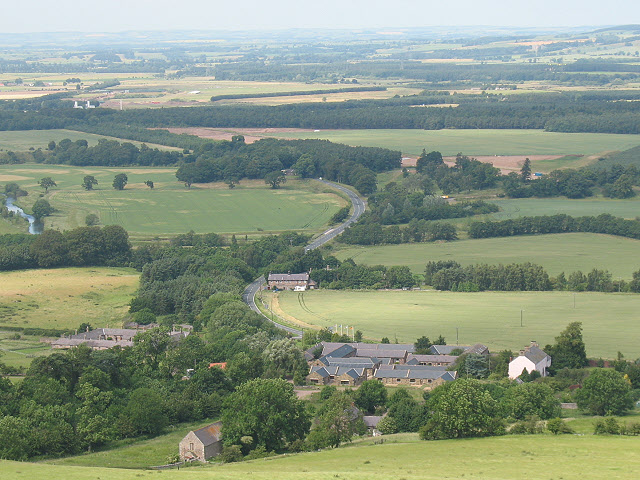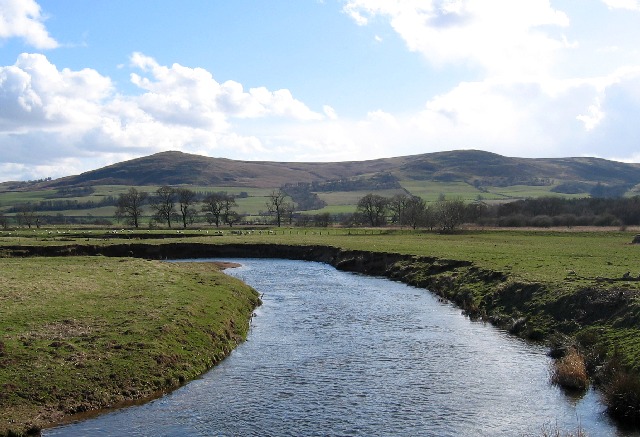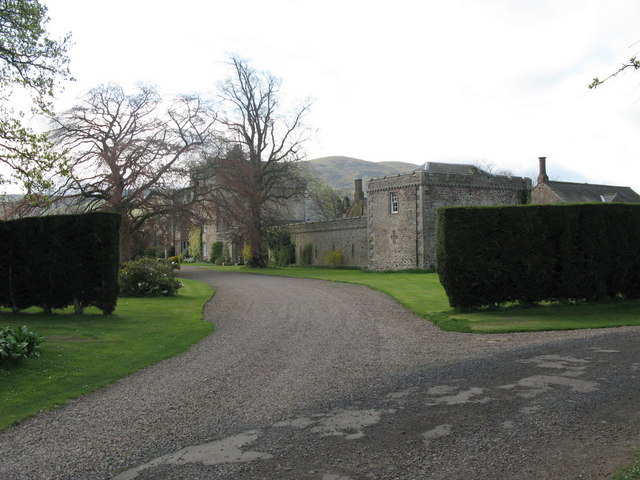Lodge Wood
Wood, Forest in Northumberland
England
Lodge Wood
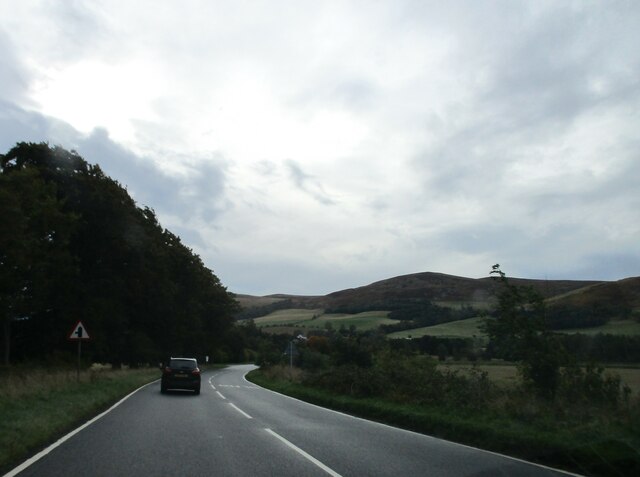
Lodge Wood is a picturesque forest located in the county of Northumberland, in the northeast of England. Situated near the town of Alnwick, this woodland encompasses an area of approximately 100 acres, making it a perfect destination for nature enthusiasts and outdoor lovers.
The wood is predominantly composed of a mixture of deciduous and coniferous trees, such as oak, birch, and pine, which create a diverse and vibrant ecosystem. The tall, majestic trees provide a dense canopy, casting dappled sunlight onto the forest floor, creating a serene and tranquil atmosphere.
Within Lodge Wood, visitors can enjoy a variety of activities. There are well-marked walking trails that wind through the woods, allowing visitors to explore the ancient trees and discover the abundant wildlife that calls this forest home. Birdwatchers will be delighted to find an array of species, including woodpeckers, owls, and various songbirds.
Lodge Wood is also home to a rich flora, with an assortment of wildflowers and ferns adding bursts of color to the forest floor. During spring, the woodland comes alive with bluebells, creating a stunning carpet of vibrant blue hues.
For those seeking a peaceful retreat, Lodge Wood offers several picnic areas, where visitors can relax and enjoy the natural surroundings. The forest is well-maintained, with clear pathways, benches, and information boards to enhance the visitor experience.
Overall, Lodge Wood is a hidden gem in Northumberland, offering a truly immersive and enchanting woodland experience for all who venture its paths.
If you have any feedback on the listing, please let us know in the comments section below.
Lodge Wood Images
Images are sourced within 2km of 55.573743/-2.0649804 or Grid Reference NT9631. Thanks to Geograph Open Source API. All images are credited.
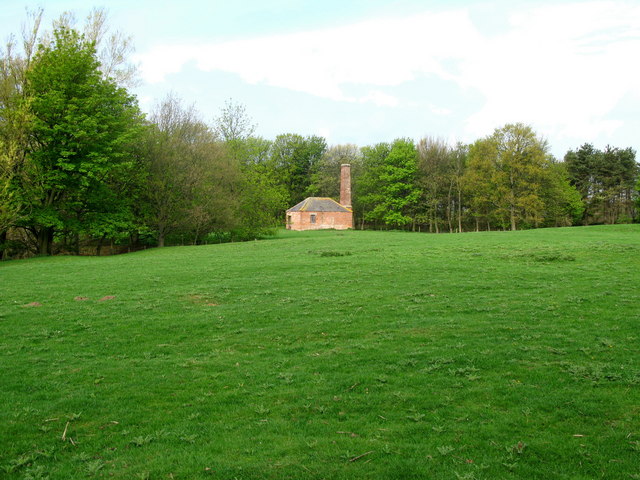
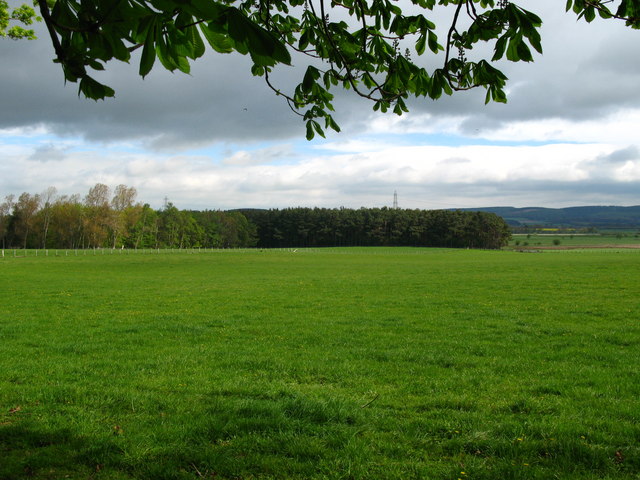
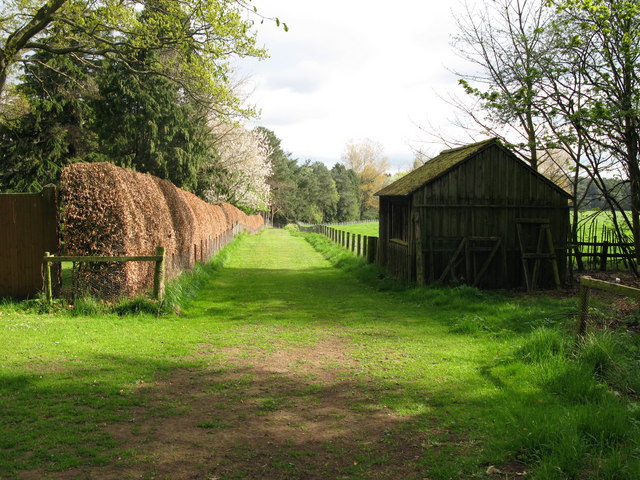
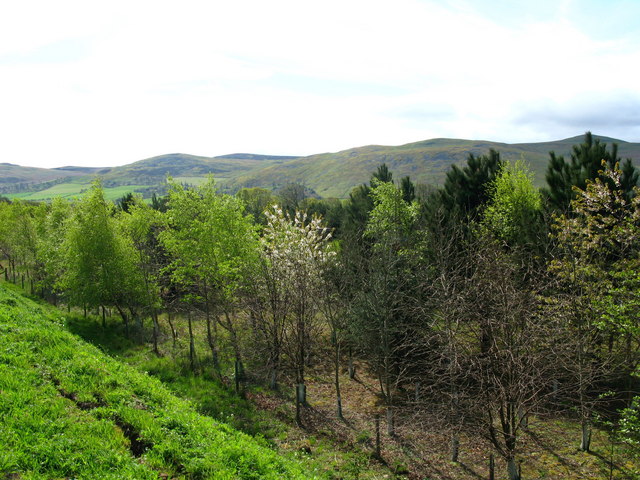
Lodge Wood is located at Grid Ref: NT9631 (Lat: 55.573743, Lng: -2.0649804)
Unitary Authority: Northumberland
Police Authority: Northumbria
What 3 Words
///poetry.overtime.scarf. Near Doddington, Northumberland
Nearby Locations
Related Wikis
Akeld railway station
Akeld was a stone built railway station serving the hamlet of Akeld in Northumberland, England. It was on the Alnwick to Cornhill Branch which ran from...
Akeld
Akeld is a village and civil parish in Northumberland, England. It is situated around 2.7 miles (4.3 km) to the west of Wooler and 9.3 miles (15.0 km)...
Battle of Homildon Hill
The Battle of Holmedon Hill or Battle of Homildon Hill was a conflict between English and Scottish armies on 14 September 1402 in Northumberland, England...
River Glen, Northumberland
The River Glen is a seven mile long tributary of the River Till flowing through Northumberland, England. The College Burn and Bowmont Water, both flowing...
Coupland, Northumberland
Coupland is a village and former civil parish, now in the parish of Ewart, in Northumberland, England. It is on the north bank of the River Glen about...
RAF Milfield
Royal Air Force Milfield or more simply RAF Milfield is a former Royal Air Force station which operated during the Second World War, located near Milfield...
Coupland Castle
Coupland Castle is situated in the village of Coupland, 4 miles (6 km) to the north-west of Wooler, Northumberland, England. It is a Grade I listed building...
Yeavering
Yeavering () is a hamlet in the north-east corner of the civil parish of Kirknewton in the English county of Northumberland. It is located on the River...
Have you been to Lodge Wood?
Leave your review of Lodge Wood below (or comments, questions and feedback).
